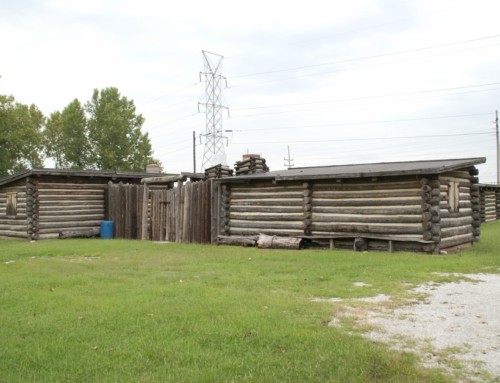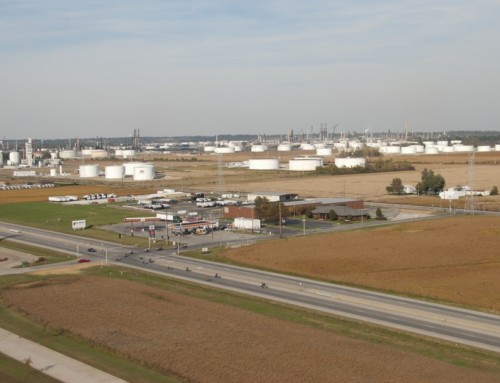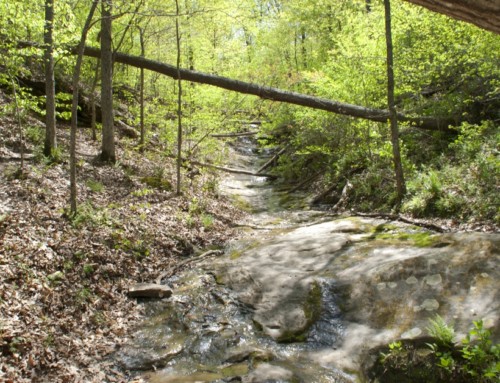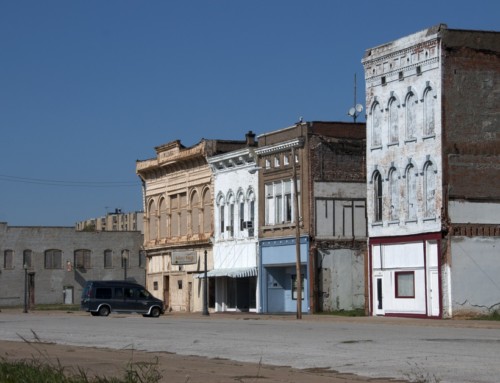History
Two Indiana natives, identified in one book as “Mr. Klump and old Coleman,” platted Illinois City in 1837. The village spans two township boundaries (Drury and Buffalo Prairie), divided along today’s Mississippi Street. The early village had a sordid reputation; it was reputedly a safe haven for thieves and counterfeiters.
In the early 1830s, Indiana natives Isaiah Drury and Priscilla Reynolds brought their nine children, plus cousins Charles Drury and J.P. Reynolds to live in the area. Isaiah and his son, Silas, built mills (grist, sawmill) plus a wool-carding machine. Another son, Miles, loaned out a cabin for a school and a barn for a church.
A third son of Isaiah’s, Stewart Reynolds Drury, established the first steamboat landing, which is why the spot became known as Drury’s Landing (when it wasn’t called The Landing or The Pint). Stewart Reynolds Drury also ran a busy store and post office (a letter cost 0.25 cents to mail).
Vanatta’s Landing, just upriver from Illinois City, had good river access for small boats, while larger boats stopped at Illinois City’s landing, but even with the river traffic, Illinois City didn’t grow much, mostly because it didn’t get a railroad station. After the Civil War, its biggest industry was in clay pots, with as many as five potteries in the village and a dozen others nearby operated by the likes of Joseph Bendle, W.H. Womacks, the Smith Brothers (J.W. and George), and William Swartzfager. After they closed, clay from the area was trucked to the Illinois City landing by wagon, then shipped across the Mississippi River to the potteries at Fairport, Iowa.
The Illinois City landing was eventually abandoned and Drury Landing was no longer a suitable landing after the Corps of Engineers implemented the six-foot channel project and shifted the channel to the Iowa side.
In 1888 a bridge was built that connected Drury Township with Muscatine. The bridge had two bends in it, so it was impossible to lay railroad tracks across it. It also wasn’t especially stable: spans collapsed in 1899 and 1956. In 1973, it was replaced with the Norbert Beckey Bridge.
Illinois City today is a small, quiet bedroom community, that long ago shed its reputation for harboring thieves and other undesirables.
Exploring the Area
Lock and Dam 16 has a viewing platform next to the main lock, an entertaining position to watch boats lock through. The access road is just east of the bridge to Muscatine on Highway 92.
Sports & Recreation
Loud Thunder Forest Preserve (19408 Loud Thunder Rd; 309.795.1040) has 1,600 acres of outdoor fun in the hills and bottomlands along the Mississippi River, including 14 miles of trails, much of which are multi-use (hikers, mountain bikers, horseback riders). Most of the trails wind through the woods but the Hauberg trail follows the Mississippi River.
**Looking for more places to visit along the Mississippi River? Check out Road Tripping Along the Great River Road, Vol. 1. Click the link above for more. Disclosure: This website may be compensated for linking to other sites or for sales of products we link to.
Where to Sleep
Camping
Loud Thunder Forest Preserve has five campgrounds with over 100 total sites (open April to October). Most of the sites are basic, but the White Oak Campground has 25 RV sites with water and electric. The Riverview campground has 24 primitive sites next to the Mississippi River, with a showerhouse, a boat ramp, and a playground.
Resources
- Post Office: 23828 124th Ave. W.
Where to Go Next
Next town upriver: Andalusia
Next town downriver: New Boston
Community-supported writing
If you like the content at the Mississippi Valley Traveler, please consider showing your support by making a one-time contribution or by subscribing through Patreon. Book sales don’t fully cover my costs, and I don’t have deep corporate pockets bankrolling my work. I’m a freelance writer bringing you stories about life along the Mississippi River. I need your help to keep this going. Every dollar you contribute makes it possible for me to continue sharing stories about America’s Greatest River!
©Dean Klinkenberg, 2024, 2021, 2018,2013,2011






